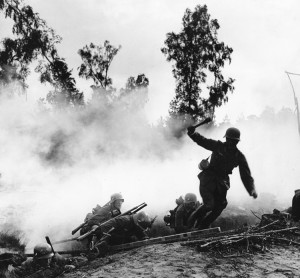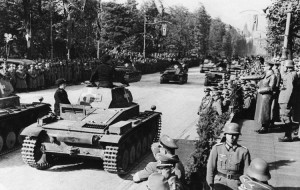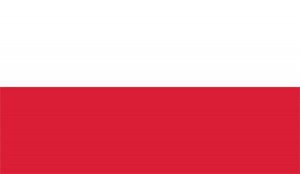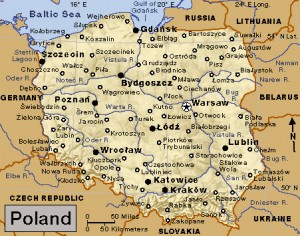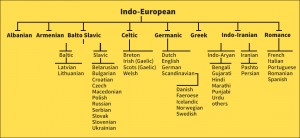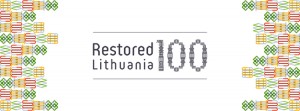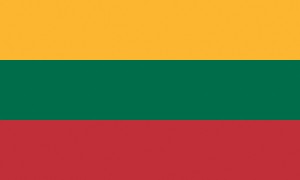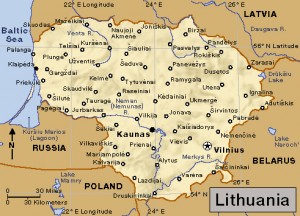Migrant Crisis in Belarus
Wednesday, December 1st, 2021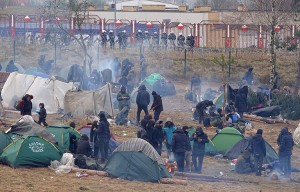
Polish guards watch over migrants encamped along the country’s border with Belarus in November 2021.
Credit: Ulf Mauder/dpa/Alamy Live News
An immigration crisis in Europe came to a head last month, with thousands of migrants trapped on the border between Belarus and Poland. By Nov. 9, 2021, Polish authorities had announced the death of at least eight migrants due to cold weather and other harsh conditions. The Polish government accused Alexander Lukashenko, the president of Belarus, of creating the crisis and making it worse by shepherding migrants through Belarus to the borders of the European Union (EU).
Lukashenko has been the president of Belarus since 1994. In several Belarusian elections, including one in 2020, Lukashenko suppressed his opposition. Foreign governments and independent observers criticized these elections as undemocratic, and the European Union has imposed sanctions on the country. Lukashenko has threatened to use migrants as a means to force the EU to lift sanctions before. Lukashenko denied worsening the migrant crisis, but his government continually granted visas to travelers booking one-way flights to Minsk, the capital of Belarus.
The migrants traveled through Belarus hoping to make it to wealthier countries in the EU. Many of the migrants are from Afghanistan, Iran, and Syria. Aid groups estimate that there are at least 20,000 migrants in Belarus waiting to go westward. While some of the migrants qualify as refugees, the majority are economic migrants who are moving for a better quality of life. Some have reported that Belarusian officials urged them to cross the border illegally and equipped them with wirecutters to cut through fencing.
On November 12, several airlines limited flights to Belarus to slow the flow of migrants through the country. The Polish government deployed troops to the border, and on November 16, Polish officers fired tear gas and water cannons at the migrants in freezing temperatures. Following pressure from many world leaders, the Belarusian government cleared the migrants from the border. Around 400 migrants flew back to Iraq, and others found shelter in warehouses in Belarus. The restriction of journalists in the area near the border has complicated the situation. The EU has added more sanctions on Belarus and has provided relief for many migrants caught on the border. But, the future of the migrants is still uncertain.

